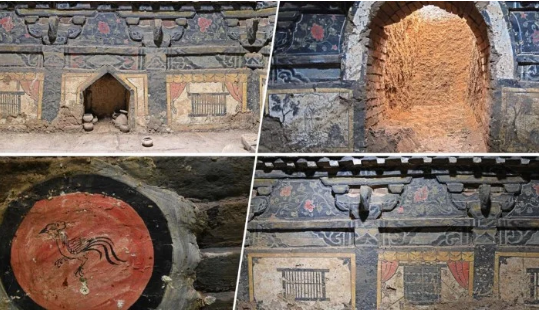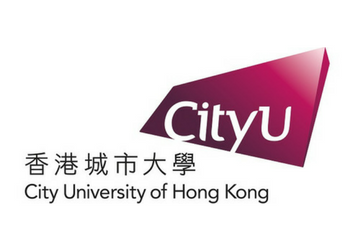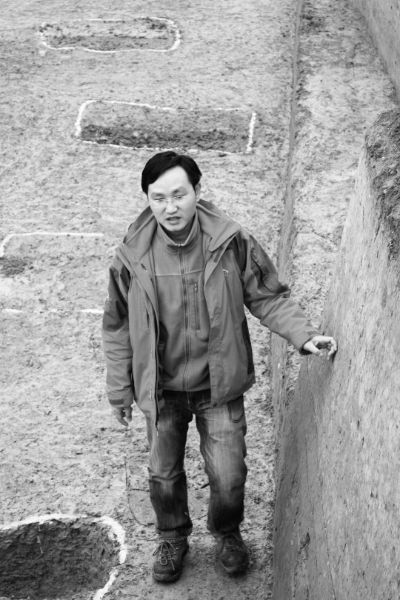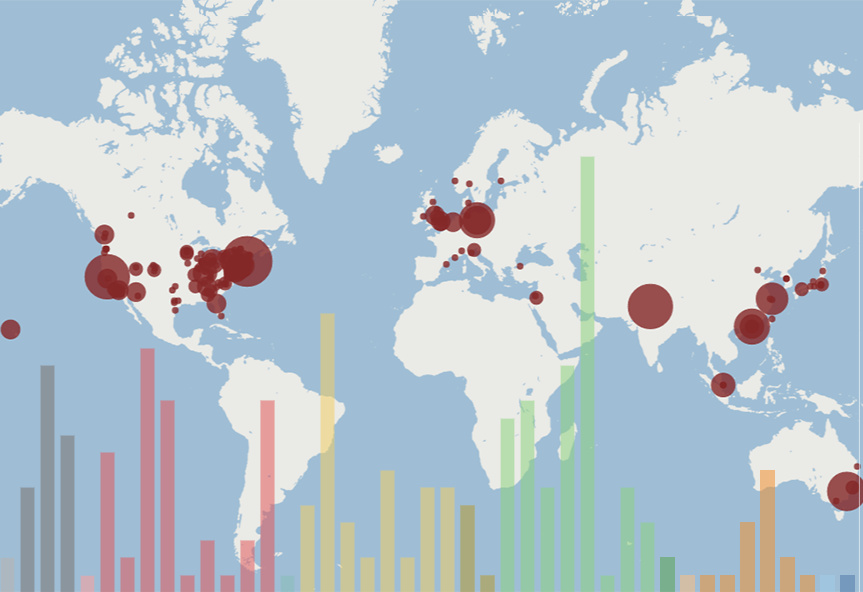When did populations of Homo sapiens first arrive in China and what happened when they encountered the Denisovans or Neanderthals who lived there? A new study in Nature by an international team of researchers opens a window into hunter-gatherer lifestyles 40,000 years ago. Archaeological excavations at the site of Xiamabei in the Nihewan Basin of northern China have revealed the presence of innovative behaviors and unique toolkits.
SEAA News Blog
New fieldwork or research discoveries? Upcoming conference or workshop? New job opening or fellowship posting? New book?
Share the latest news of your work with your colleagues, advertise for job or fellowship openings, find participants for your conference session and more on the SEAA blog.
Guidelines: All posts should be related in some way to East Asian Archaeology. When writing your post, please use capital letters for surnames. Original script (Chinese, Korean, Japanese) for East Asian place names, personal names, or archaeological terms is encouraged. For the transcription of East Asian language terms, Pinyin for Chinese, Hepburn for Japanese, and the Korean Government System (2000) for Korean is encouraged.
Contributions should be limited to around 500 words and 1-2 images. For longer descriptions of your projects, you may consider the Reports section of the Bulletin (BSEAA).
Members can submit their news posts to the SEAA web editor via the website (see SEAA Members' Area for details and instructions on blog submissions) or via email. Non-member contributions are also welcome and may be submitted via email to the SEAA web editor.
The editor(s) reserves the right to carry out minor editing, or to decline contributions inappropriate to the objectives of SEAA.
The Centre for History and Culture at United International College & Beijing Normal University (Zhuhai), invites applicants to attend an online conference on the theme of the global Bronze Age.
Please find a new lecture entitled "Archaeology in Japan: some reflections from the UK: Professor Simon Kaner" on the Current Archaeology Youtube Channel:
The National Cheng Kung University, Institute of Archaeology, is advertising a position for Assistant Professor in Ecological Archaeology and Archaeometry. Please see below and the attached PDF here for more details:
Qualification: Assistant Professor (and above) or with a PhD in Archaeology or related discipline.
Key Requirements:
"A high-profile letter sent in October 2021 told us everything we needed to know about the state of modern Chinese archaeology.
Sent by Chinese President Xi Jinping to commemorate the 100th anniversary of the discovery of the Yangshao culture – considered the start of modern Chinese archaeology – the letter called for “developing archaeology with Chinese features, style and ethos” so the field could contribute to “national rejuvenation”.
The City University of Hong Kong is looking for a Professor/Associate Professor/Assistant Professor (Art History) in the Department of Chinese and History. The successful applicant should be competent in undertaking research and teaching in two or more of the following areas: Anthropology, Cultural Heritage, Archeology, Art History, Museum Studies. Applicants who are interested in interdisciplinary studies and have substantial working experience in academic or research institutions are especially welcome.
On Thursday, 7 January 2022, 7pm in Singapore (UTC+08), Singapore's Asian Civilizations Museum will host a online lecture via Zoom entitled: Two historical shipwrecks: Powerful links to Singapore's past
Speaker
Dr Michael Flecker
Visiting Fellow, ISEAS Yusof Ishak Institute, Singapore
Lecture Series, Zurich, Spring Semester 2022 (February-June)
The Golden Peaches from Samarkand – like nothing else – stand pars pro toto for all exotic things that reached China during one of its most cosmopolitan and prosperous eras in history. Eminent scholars like Berthold Laufer and Edward H. Schafer masterfully demonstrated the earliest exchange of exotics between China and regions from across Eurasia by using linguistic, historical, and archaeological data. Beyond doubt, tremendous progress has been made in all these fields ever since.
It is with the deepest regret that we share the news that He Kunyu, a field archaeologist and zooarchaeologist from the Chengdu City Institute of Archaeology and Cultural Relics passed away at 13:40 on December 29, 2021 in his hometown in Rucheng County, Chenzhou City, Hunan Province, at the age of 41 following a thre
The SEAA Community might be interested in the following information on academic-oriented job postings related to japan and East Asia compiled by Dr. Paula R. Curtis, a Japanese Medievalist. She has compiled data for the 2019-2020 and 2020-2021 seasons. They are accessible from her webpage via the following link: http://prcurtis.com/projects/jobdata/?fbclid=IwAR27xE-emXE_wYnRM574ZM6b…





